Whether you want to hang a painting to add some flair to your living room area, set up some shelves, or mount that expensive flat-screen TV you just bought with your first paycheck, you will probably require to drill a hole on the wall at some point. However, if you don’t plant the screws on a supporting stud, your precious 60 inches will likely come crashing down. And we don’t want that, do we? Well, rather than having to call a professional, a stud finder will let you do all this with the least possible risk.
Stud finders today do more than just locate the studs lying behind your drywall. Additionally, they can pinpoint the exact edges and centers of the stud itself to help you mount the TV or other items. They are able to find both wooden studs and nail studs and have different modes to them that will additionally identify aluminum, copper, metal pipes, and live wires.
That said, not all stud finders out there can perform all these functions, they come in different sizes and shapes and use different technologies which are only able to detect certain material. For this reason, it can be a little daunting to find one that is suitable for your particular need. Well, whether you are looking for a simple finder or a more complex high tech device, we present you with our top selection of the best stud finder out there today to help make a wiser choice.
Top 10 Stud Finder Reviews 2020
1. Tavool Stud Finder Sensor Wall Scanner
 Best Electronic Stud Sensor
Best Electronic Stud Sensor
Our number one, the Tavool Stud Finder, is perhaps one of the best models you can find in the market today. From its exterior ergonomic design to its extra internal features, the scanner is simply perfectly engineered for deep scanning. It comes fully equipped with the most modern internal sensors that enable it to sense any change in density of the space behind a wall, together with all the studs and wires. Therefore, other than locating studs, you get to save yourself from any dangers of hitting any live wires or metallic objects as you work on your wall.
The scanner also features 5 scanning modes, which can detect all most of the common materials, including wood, metals, ac wires, joists in ceilings, and walls. The modes will reach a depth of up to 60 mm, meaning, with its deep scan mode, you get to scan through the drywall of up to 1.5 – 2 inches. The scanner also features an intuitive LCD display, made especially easy to read and interpret by even those with little experience. On identifying a stud, the screen indicates which direction it is in, and the intensity of the beeping will help dictate how close you are getting to the target.
Pros:
- Can be used on many different surfaces to locate metal and wood
- Has 5 different modes for different requirements
- Has a smart beep and LCD display that lets you know how far you are from the target
Cons:
- You might get a couple of false positives at first
- The build quality may come off as a little cheap
- The device is a little expensive when compared to other models
2. CH Hanson 03040 Magnetic Stud Finder
 Best Magnetic Stud Finder
Best Magnetic Stud Finder
The CH Hanson 03040 Magnetic Stud Finder is a little different from your typical stud finder. You see, rather than using batteries, the unit features a combination of rare powerful earth magnets to do the actual detection. Well, despite their simple nature, magnetic finders are still as good in their job as any. The CH Hanson itself is able to detect any nails, screws or steel studs hiding behind your wall to a depth of up to 1 inch with a hands-free allowance.
Additionally, the unit doesn’t need calibration. It has a built-in rotating bubble in place that is able to identify plumb and do level alignments for horizontal and vertical precision. The device is also quite compact and small enough to fit inside your pocket comfortably. It is extremely accurate and efficient, yet quite affordable when compared to other stud finders. Therefore, if you are looking for simplicity and value for your money, this unit will be perfect for you.
Pros:
- Small and compact build
- Affordable and Doesn’t need batteries
- Has a soft grip to allow easy handling
Cons:
- Can only detect up to 1 inch
- No LDC display
- It doesn’t have a lot of extra features
3. Bosch Digital Multi-Scanner GMS120
 Best Digital Multi-Scanner
Best Digital Multi-Scanner
The Bosch brand is commonly known for the durability and performance of its products. Perhaps this is why the Bosch GMS120 is such a favorite for professionals out there. The unit comes packed with a mound of awesome features, which come together to form the perfect combination of digital modern technology and functionality. Among these is the latest 3 sensor laser technology for a wider range of detection. With this, the device is able to go through 4 ¾ inches of cured concrete, 3 1/8 deep in copper, 2 inches in live wiring, and 1 ½ inch in wood studs. It also boasts of an accuracy of 0.0625, which is commendable by any standard.
Another great thing about the unit is that you’ll never have to calibrate it. Instead, it automatically calibrates itself as soon as you start using it, all through the course of the project for easier, more precise detection. The Bosch is also equipped with an illuminated graphical LCD display that lets you know what mode you are in and the detection strength, among other handy functions. The center finder on this baby will accurately pinpoint the center of the detected object, plus it has an audible detection signal that alerts you when it detects something.
Pros:
- Quality illuminated LCD display
- It has a really wide range of detection.
- Has extra features like audible alerts and automatic calibration
Cons:
- A little costly
- The LCD screen can be a little hard to read at certain angles
- Users claim it doesn’t work as accurately through concrete
4. Franklin Sensors ProSensor 710+ Professional Stud Finder
 Best Professional Stud Finder
Best Professional Stud Finder
The Franklin Sensors ProSensor 710+ Professional Stud Finder is made to suit both the amateurs and professional users out there. It is especially loved for its accuracy in that it is tested, and most users claim that it brings out accurate readings every time. The unit achieves this using a combination of modern technologies. This includes 13individual sensors, with which it can sense studs in multiple locations in your wall at the same time. What you get from this is a faster and more efficient user experience.
To make the process, even more, user friendly, Franklin has in place a bright LED indicator that will guide you through. The sensor is also made such that is can identify the actual width of the objects themselves, so you can know their size and position.
Pros:
- Can scan surfaces in 13 different locations
- It has deep scanning that is always active
- Bright LED light indicator
Cons:
- A little costly
- Needs fresh batteries to work efficiently
- The indicator lights may come off as insufficient
5. PERLESMITH Stud Finder Wall Detector
 Best Electronic Stud Sensor
Best Electronic Stud Sensor
The PERLESMITH Stud Finder Wall Detector is yet another lightweight stud detector made to make all your DIY projects easier. The wall detector is well made with this comfortable ergonomic design, coupled with automatic calibration that makes it incredibly easy to use. Simply turn on the machine and place it on your wall to complete the calibration. The finder then works by beeping or flashing on picking up the hint of a stud. The automatic calibration is what guarantees its reliability and accuracy.
The Perlesmith also works to save you as much time as possible because it has in place an LED screen that displays the center of the stud with precision. It also features a 5 in 1 detection function. This means you get up to 5 scanning modes that will help with the quick location of metal, wood, joists, and live AC wires behind floors, walls, and ceilings.
Pros:
- Lightweight and easy to use
- Has automated calibration
- Has 5 modes for detecting different materials
Cons:
- Some users claim it doesn’t work well with older plaster walls
- You may experience some glitches at first
- Can be a little inconsistent at times
6. The StudBuddy Magnetic Stud Finder
 Best Affordable Magnetic Stud Finder
Best Affordable Magnetic Stud Finder
The StudBuddy Magnetic Stud Finder may be the simplest stud finder out there, but it may very well be the most practical. This is because it uses a system of magnets that let it stick to the wall in the region where the studs are located. With this, you can use it as a marker to keep track of where the studs are located. It is the perfect tool for when you are screwing holes or fastening screws.
The stud finder is small, needs no batteries to operate and is fully hands-free, so you won’t have to leave marks on your walls. It works well with drywall construction and can locate both wood and metal studs. It is easy to use too. In fact, once you locate the stud, simply align the holes you want to mount under the device and fasten with screws.
Pros:
- Small and easy to use
- Doesn’t rely on batteries
- Really affordable
Cons:
- Doesn’t work well with plaster walls or lath
- Not suitable for more professional use
- Has minimalistic features
7. Zircon MultiScanner i520- Center Finding Stud Finder
 Best Center Finding Stud Finder
Best Center Finding Stud Finder
Now, if you are looking for a multi-scanner for the occasional home tasks, a budget stud finder can be a great way to save money. However, you’ll need to take care because most budget options are not as accurate as required. Well, that is where the Zircon MultiScanner i520 comes in.
Despite its affordable price tag, the scanner is especially known for its ability to locate the center of the stud. It also prides in having one of the brightest LED displays you can find in a stud finder. The wording on it is bold enough to be used by those who are eye deficient, plus it shows you the direction the material lies in, as well as the mode you are using.
The machine is well made too. It features 4 main modes, and its deep scan mode, you can locate deeper-lying ferrous and non-ferrous materials in your wall. It also has wire warming detection, which shows the presence of live AC wiring, and ACT (auto-correcting technology), which corrects any user errors during scanning.
Pros:
- Well made; high build quality
- Quick response smooth operation
- Very cost-efficient
Cons:
- Users claim the button on its side has bad tactile feedback;
- Needs a little force to push and keep it engaged with the wall
- Works most efficiently with a fully charged battery
8. Franklin Sensors FS710PROProSensor 710+ Professional Stud Finder
 Best Professional Stud Finder with Built-in Bubble Level
Best Professional Stud Finder with Built-in Bubble Level
If anything, a good quality stud finder is supposed to be as accurate as possible. You need one that can be trusted to tell you what is lying on the other side of the wall. And when it comes to detail and accuracy, you won’t find a better tool than the Franklin Sensors FS710PROProSensor 710+. The unit is made with the professional contractor in mind, bringing with it the promise of a deeper, more accurate sensing.
With its extra-wide LED display coupled with their patented multi-sense technology, the Franklin is able to show you the edges and centers of studs, so you save you time by reading the width of multiple studs. It offers a detection depth of up to 1.6” but is still tough enough to handle everyday abuse. The device also has other built-in features to make your job easier, including an integrated ruler and a bubble level.
Pros:
- Quick and easy to use, with no calibration required
- Wide 7 inch LED display to show center and edge of the stud simultaneously
- Accurate deep sensing professional quality with built-in bubble level
Cons:
- Feels a little cheap; flimsy plastic
- Requires you to replace batteries
- The level detail is lacking with indication lights; might need more lights for more accuracy.
9. CRAFTSMAN Stud Finder
The Craftsman is specifically designed to give the help you need when looking for both wooden and metal studs under your drywall. The device works brilliantly and can locate stud edges for a depth of up to ¾ inches. It is also made shock and water-resistant so it can survive through all the times you throw it to the back of your truck. And in case anything happens, its sensor comes with a lifetime warranty for immediate repairs.
The craftsman is simple and easy to operate, coming in a variety of colors, from red or black. It takes in one battery of 9 volts, which you can easily replace if need be. It simply works like a charm, in that you only need to hold it over the stud area, and it beeps immediately it detects the edge.
Pros:
- The price is great for the quality you get
- Easy to use
- Small and easily portable
Cons:
- Some users complain of getting a couple of false positives
- The penetration is not as deep as most of its rivals
- Tends to leave some small black marks on the wall.
10. Walabot DIY Cell Phone Wall Scanner for Studs
 Best Cell Phone Wall Scanner for Studs
Best Cell Phone Wall Scanner for Studs
Unlike other devices you’ve seen, which merely make a beeping noise when it senses an object, the Walabot DIY Cell Phone Wall Scanner for Studs actually lets you actually see what is behind the wall. It is able to achieve this using its cutting edge radar technology, which scans through walls of up to 4 inches. After this, it portrays the imaging to your android phone, which you connect to the device. This includes wooden and metal studs or even tiny animals moving about behind your wall.
The device is intuitively made to be about the same size as your phone and has a gel pad magnetic piece on the back so you can stick your phone for easier use. The device also has an expert mode, which gives you better details on the stud. With this, you get to see all the curves in pipes and the intersections between two objects. This modern piece of equipment is simply a must-have for any toolbox.
Pros:
- Displays real actual imaging of the studs
- Its radar technology allows it to detect up to 4 inches deep
- Futuristic and easy to operate
Cons:
- Not compatible with iPhones, I pads
- The plastic film protecting the device tends to come off easy
- Image mode is a little glitchy; the image lags sometimes
Choosing The Best Stud Finder – The Ultimate Buying Guide
Before you actually make the purchase, it is important to know a few basic things about stud finders out there. To help you settle on a model that satisfies your needs, we shall look at some of these, including the different types of finders you will come across.
Types of Stud Finders; Magnetic Or Electronic?
Magnetic Finders
These are the more old school types of stud finders. They work using magnetic energy to discover any screws or mails that are embedded inside the studs. Magnetic finders work well in different kinds of situations. They are, therefore, best used as a kind of supplement for the electronic method.
The major drawback of these models is that they often lack LCD displays, so you won’t really get a detailed estimate of where the stud center is. They also detect other metallic objects like pipes or metal conduits. Therefore, when using metallic finders, you need to be careful about selecting the location of the studs themselves. In most cases, they will be about 16 inches on center.
Electronic Finders
Electronic finders, on the other hand, are the most convenient and easier ways of finding studs inside walls, especially when looking to mount your large 4k TV. They work by measuring the density of a select portion of the wall. After identifying the stud, it will light up (they usually have indicator lights in place). When compared to magnetic finders, electronic finders will come as a little more expensive. They are, however, well worth the extra cost.
Factors to Consider When Buying A Stud Finder
The main fear that arises when purchasing a stud finder is buying one that is inferior and fails to live up to your expectations. Well, you can save yourself the hassle of having to return it by factoring in some of the following points for a smoother purchase experience.
The Price: What Is Your Budget?
Whether magnetic or electronic, most stud finders will be within a reasonable price range. In fact, even the higher-end ones are within most people’s budgets (which is around $20 to $100). However, as a rule of thumb, you stand to get better quality when you sacrifice the extra few bucks for a more expensive model.
In this case, you should consider your particular need with regard to just how frequently you’ll be using it. If you need it for multiple projects, then you’ll be better off getting a pricier higher quality alternative. Magnetic models are cheaper.
The Finder’s Accuracy
Accuracy of stud finders is perhaps the most crucial factor to consider for any stud finder. It mostly relates to how accurately the finder is able to detect the stud without it bringing on a false positive. The accuracy is, in most cases, influenced by the location you are detecting. Be it the wall, floor, or ceiling; you’ll find some stud finders may not have enough power to penetrate through a thicker material like concrete or the floor.
Here, you’ll find electronic type finders to be the most accurate. You can also determine this by looking at the depth stated by the manufacturer or customer reviews about the product. Get to know where the users applied the finders and just how precisely their finders identified studs. The gauge will also give you an idea of how sensitive the finder is.
The Finders Finding Capabilities: What Stud Materials Can It Find?
This refers to the number of different materials your stud finder is able to identify. They’ll mostly include joists, wood, metal, electric cables and AC wires. Some are even able to detect PVC pipes, moisture, and small moving objects inside your wall. For the best results, you should get one with the most versatile capabilities.
Some high-end finders even have additional features that will come in handy in complex projects, like detecting live wires or mapping the wall you are examining. It is important to note that most homes will often have wooden studs, while commercial buildings will have metal studs. Plastic studs are a little bit rarer.
The Sensor Size: Can It House Multiple Sensors?
The sensor size will often determine the amount of time you spend on finding the studs. You see, when the sensor has a wider sensor area, you can cover more space using less time. You will also save yourself from moving around all over the wall to locate the stud. In some models, you’ll find multiple sensors that can be able to detect multiple studs at once. They do this by creating different scanning zones, which are able to function independently of each other.
The wide scanner zones also offer deeper penetration when it comes to scans since they can contain more powerful sensor units.
The Grip And Design: How Comfortable Is The Machine?
Since you’ll probably be holding the device in hand for long periods of time, it is best you find a stud finder that is easy to hold while maintaining a firm grip. You will need to move the tool across the surface in an uninterrupted motion to avoid loss of calibration or false readings.
Therefore, to guarantee the smoothest experience, you should ensure that the stud finder is as light as possible with an ergonomic design, so you don’t have any issues operating it. Most models will have a rubber grip padding on their exterior for easier use and comfort.
Additional Features: Each Stud Finder is Different!
Some stud finders may also come with some features that don’t directly influence the functionality but can make the work significantly smoother. This includes a visual display system which will often indicate the exact location of the stud. It may also have LED lights that blink when you come across the stud. Others will visually approximate how far or close you are from the stud, and icons to tell you your battery level or the mode you are scanning on.
Additionally, you can also get alert systems, which are common to most electric stud finders. This includes any visual cues, or beeping noises the device gives you on locating a stud. Alert systems are, however, not as common in magnetic stud finders.
Additional features may also include extra modes, which will allow you to scan through solid surfaces of metal and pipe objects as well as inside concrete blocks or gas lines. Another mode is detecting the live wiring inside the wall so you can steer clear. These extra modes will often be in the pricier models.
Tips When Using a Stud Finder
- Avoid touching the wall using your other hand while using the stud finder- this may alter the readings
- Some stud finders need to calibrate before they begin scanning. In this case, you are advised to start away from light fixtures, switches or outlets
- Mark the studs, live wires or objects you detect with different colors if possible so you can differentiate them
- Put on some painter’s tape over the region you are scanning so you can mark it without writing your wall
- Scan above or below the stud you detect to ensure that it continues to the ceiling or floor.
- Avoid scanning freshly painted walls. The moisture in the paint can affect the results.
Conclusion
Stud finders pretty much have their jobs cut out for them. They find studs. However, they come in different variations whose suitability will depend on the wall materials you are scanning for and the construction.
That said, you should consider all these factors to get a stud finder that is most suitable for your needs. Also, you are advised to use the stud finder while observing where other plumbing or electrical fixtures are placed to help figure things out.


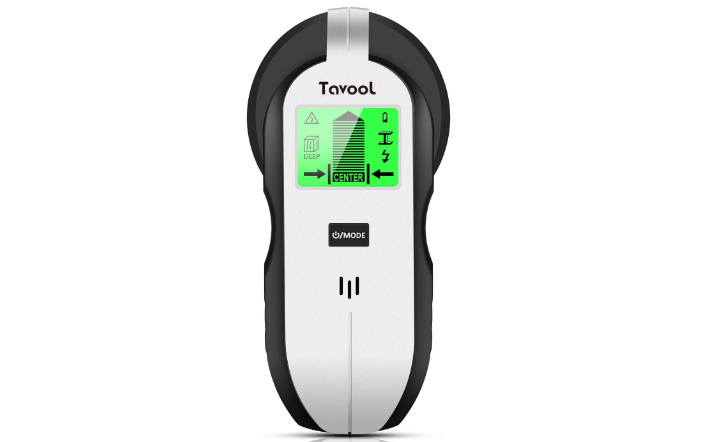
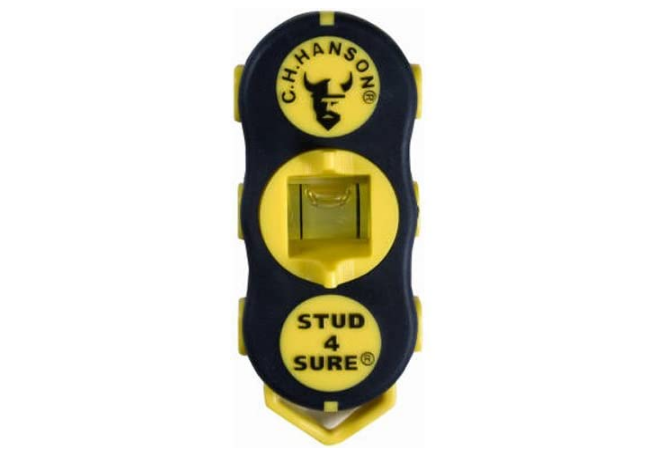
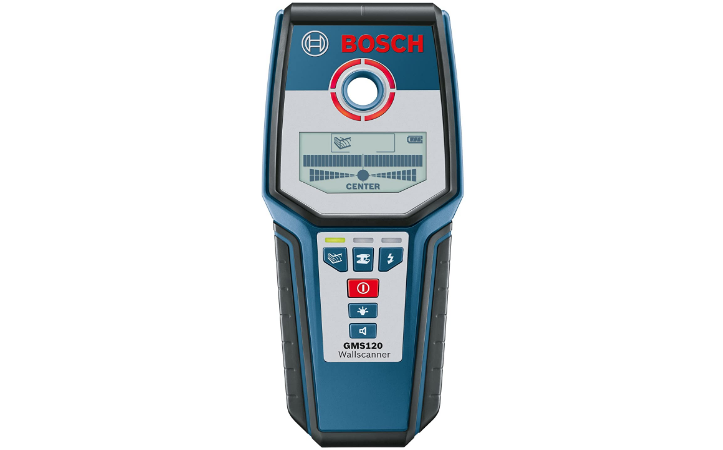
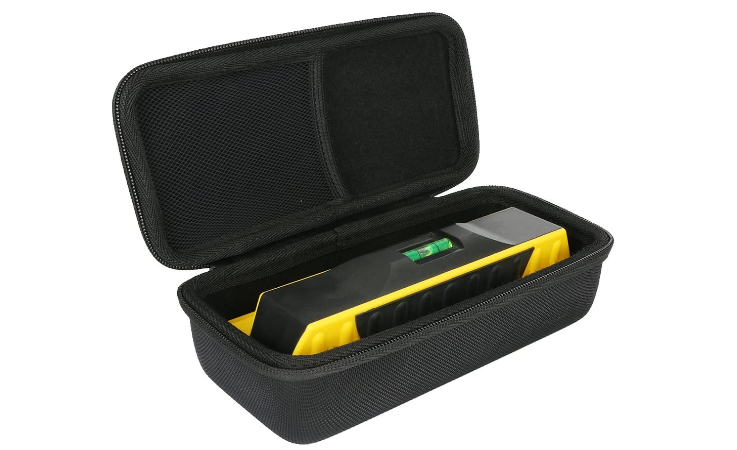
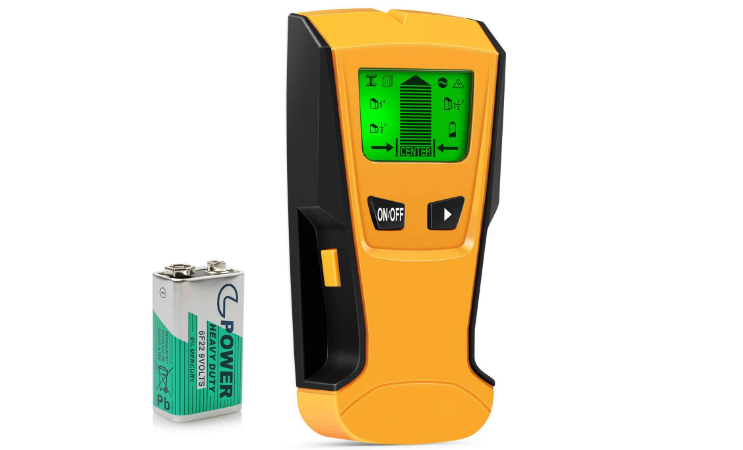
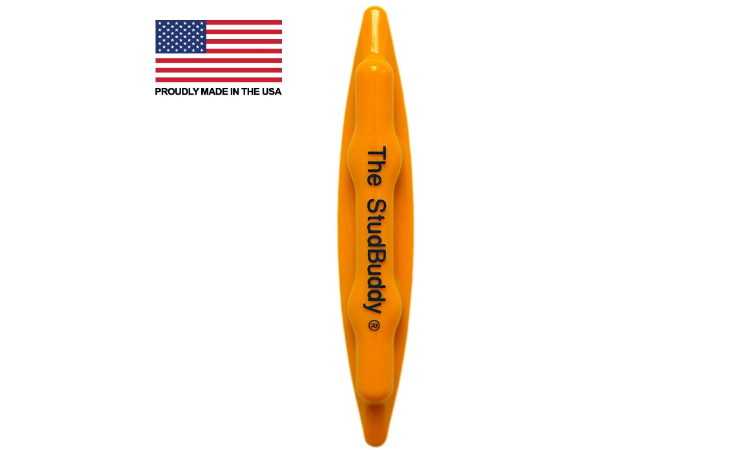
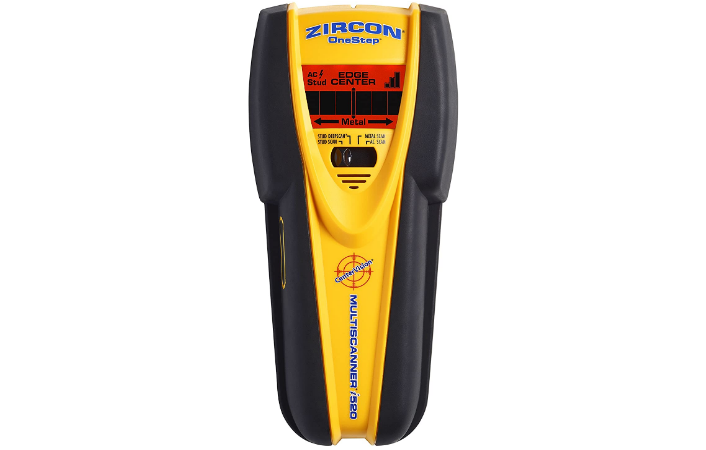
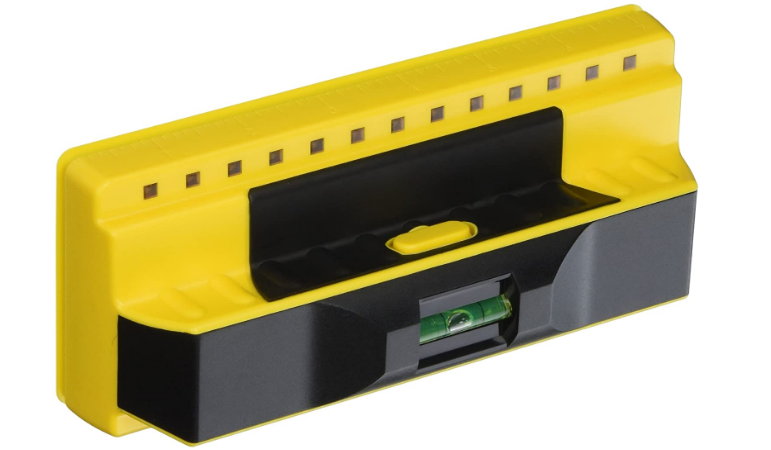
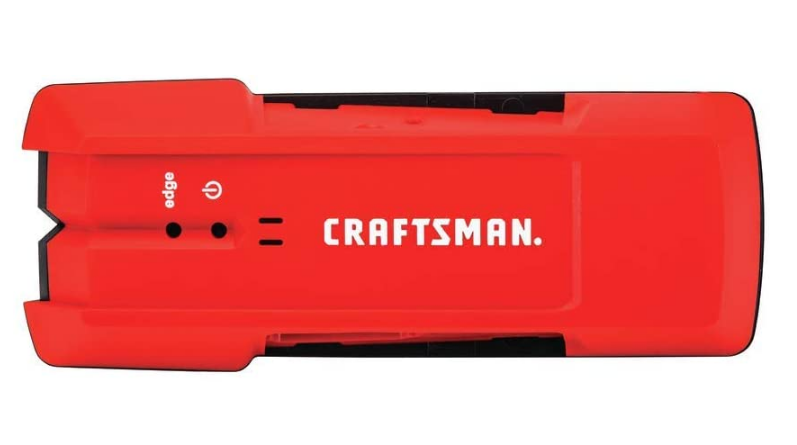
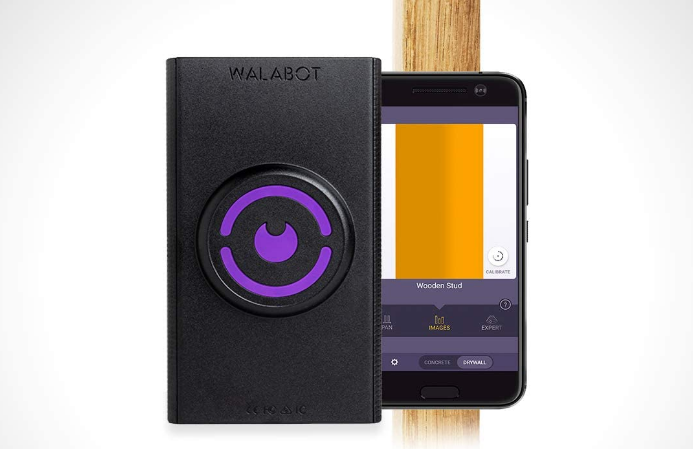
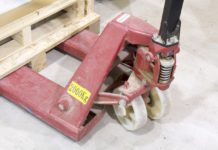

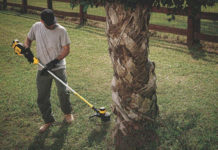
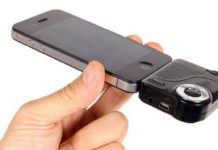







![Best Crochet Hooks for Beginners and Pros [2020 Update] best crochet books](https://www.awebtoknow.com/wp-content/uploads/2018/01/best-crochet-books-100x70.jpg)


